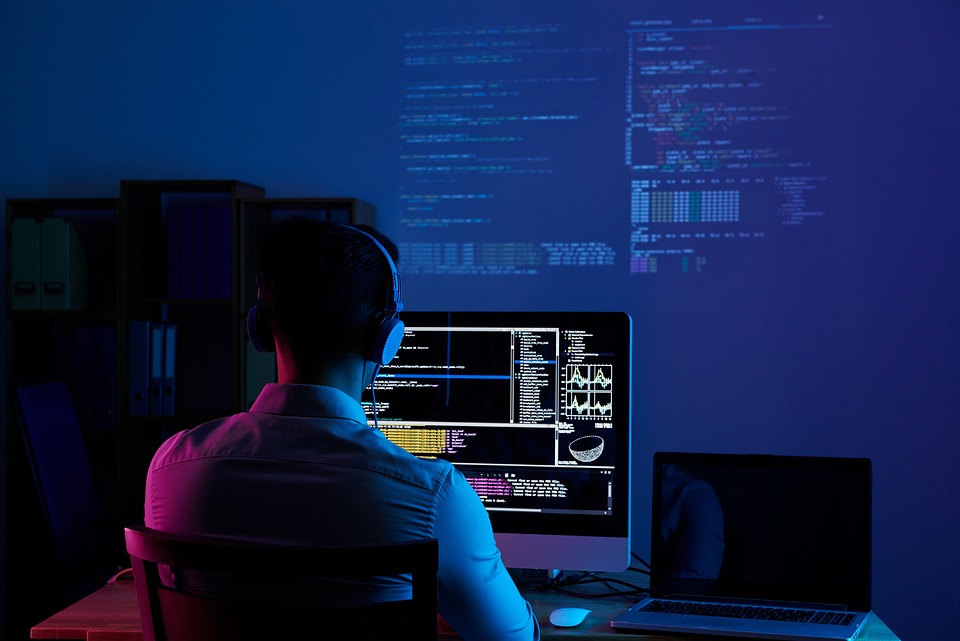
As we step into 2024, the world of web design continues to evolve at an unprecedented pace. With technology advancing and user expectations ever-changing, web designers face new challenges and opportunities. This year promises to bring a blend of artistic creativity and cutting-edge technology that will redefine how we interact with the web. Here are some emerging trends set to dominate the web design landscape in 2024.
1. AI-Driven Design Tools
Artificial Intelligence is making significant inroads into web design, helping designers automate routine tasks and offering intelligent design suggestions. AI-driven design tools can help create more personalized and user-focused experiences by analyzing user behaviors and preferences. From chatbots that provide real-time assistance to layout suggestions that improve user engagement, AI is becoming an essential asset in a designer’s toolkit.
2. Immersive Experiences with Web AR/VR
The integration of Augmented Reality (AR) and Virtual Reality (VR) into web design will gain momentum in 2024. Brands are increasingly using AR/VR to create immersive experiences that engage users in novel ways. Whether it’s virtual try-ons for fashion retailers or interactive 3D product demonstrations, these technologies offer endless possibilities for enhancing user interaction and satisfaction.
3. Sustainable and Inclusive Design
As environmental awareness grows, sustainable web design is becoming a priority. This involves designing websites that minimize energy consumption, such as optimizing code for faster load times and utilizing green hosting services. Moreover, inclusive design that considers a diverse range of users, including those with disabilities, will become a standard practice. Web designers will be tasked with ensuring accessibility without sacrificing creativity or brand identity.
4. Advanced Animations and Microinteractions
Animations and microinteractions are becoming more sophisticated, providing users with delightful and intuitive experiences. In 2024, expect to see more complex animations that guide users through a website seamlessly. These subtle design elements, such as hover effects, scrolling animations, and interactive buttons, help create a more engaging and cohesive experience, influencing user perception positively.
5. Voice User Interfaces (VUIs)
The proliferation of voice-activated devices has made Voice User Interfaces (VUIs) a significant trend in web design. Websites optimized for voice search and navigation can enhance accessibility and ease of use. As more users rely on voice commands, integrating VUI into web design is no longer optional but necessary for staying competitive.
6. Dark Mode and Color Trends
Dark mode remains popular as users appreciate its aesthetics and battery-saving benefits. In 2024, expect to see more websites implementing dark mode as a design staple. Additionally, color trends will continue to influence web aesthetics. Vibrant, bold colors and gradients are making a comeback, providing designers with opportunities to create visually stunning and emotionally resonant web experiences.
7. Minimalism and Simplified User Interfaces
Minimalism in web design is about doing more with less. In 2024, simplistic and clean designs will continue to be favored for their effectiveness in conveying information quickly and efficiently. A focus on negative space, elegant typography, and simple navigation can lead to a more intuitive and stress-free user experience, encouraging users to spend more time on the site.
8. Biometric Authentication
Websites are increasingly incorporating biometric authentication to enhance security and streamline user interactions. Using facial recognition or fingerprint scanning is becoming common as users seek more secure and convenient ways to log into their accounts. This trend reflects the growing importance of privacy and security in web design considerations.
Conclusion
The future of web design in 2024 is set to be a thrilling blend of technology and creativity. AI, AR/VR, sustainable practices, and VUIs are just a few examples of how the industry is innovating to meet the needs of modern users. As designers navigate these trends, the focus will be on creating user-centered, accessible, and engaging experiences that push the boundaries of what’s possible on the web. With these trends in mind, designers can better prepare for a future where the digital world is more immersive and interactive than ever before.


